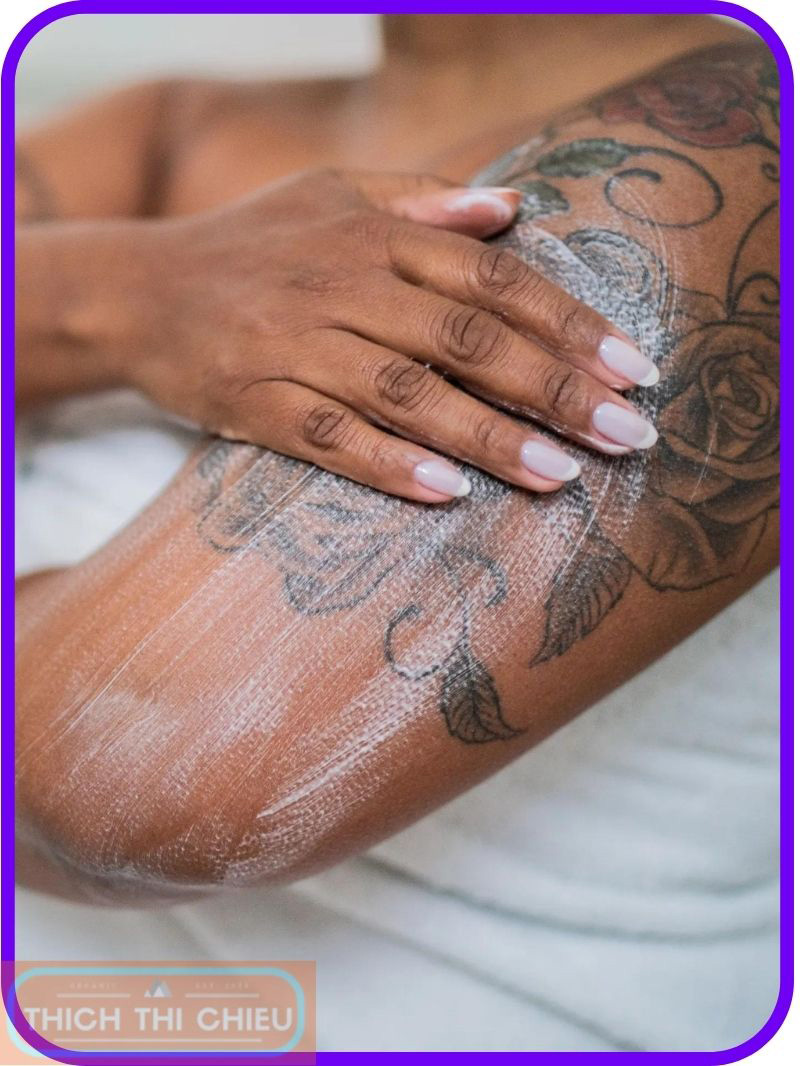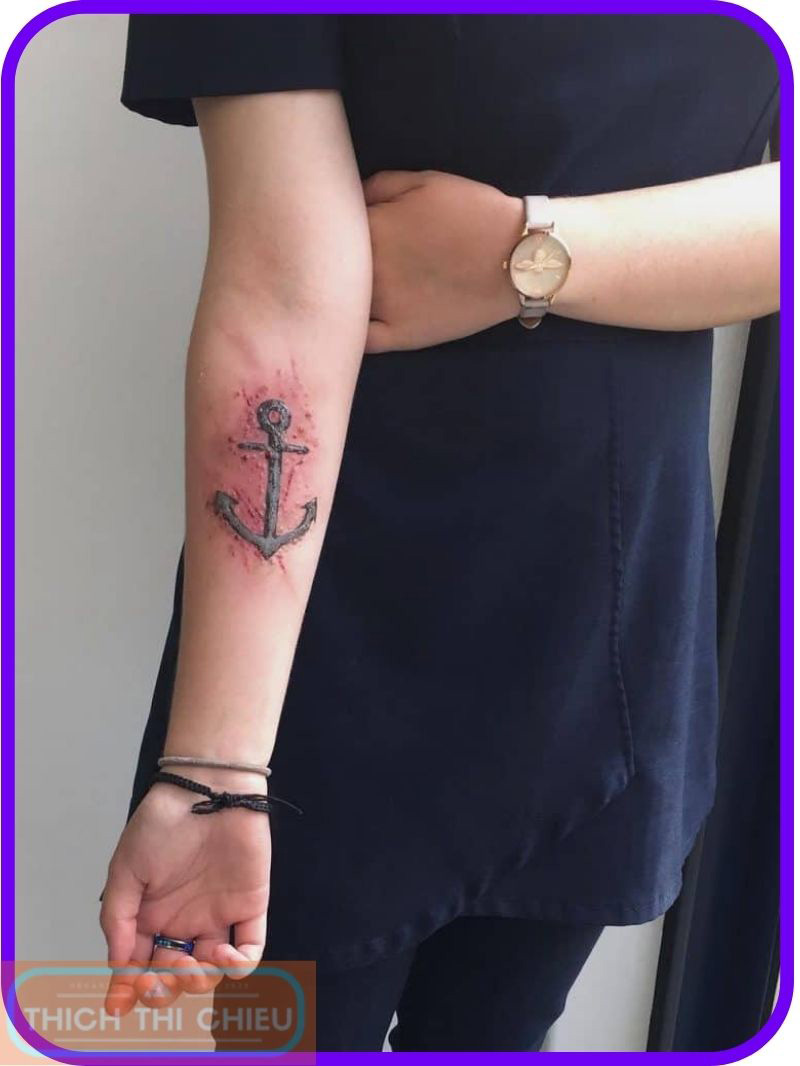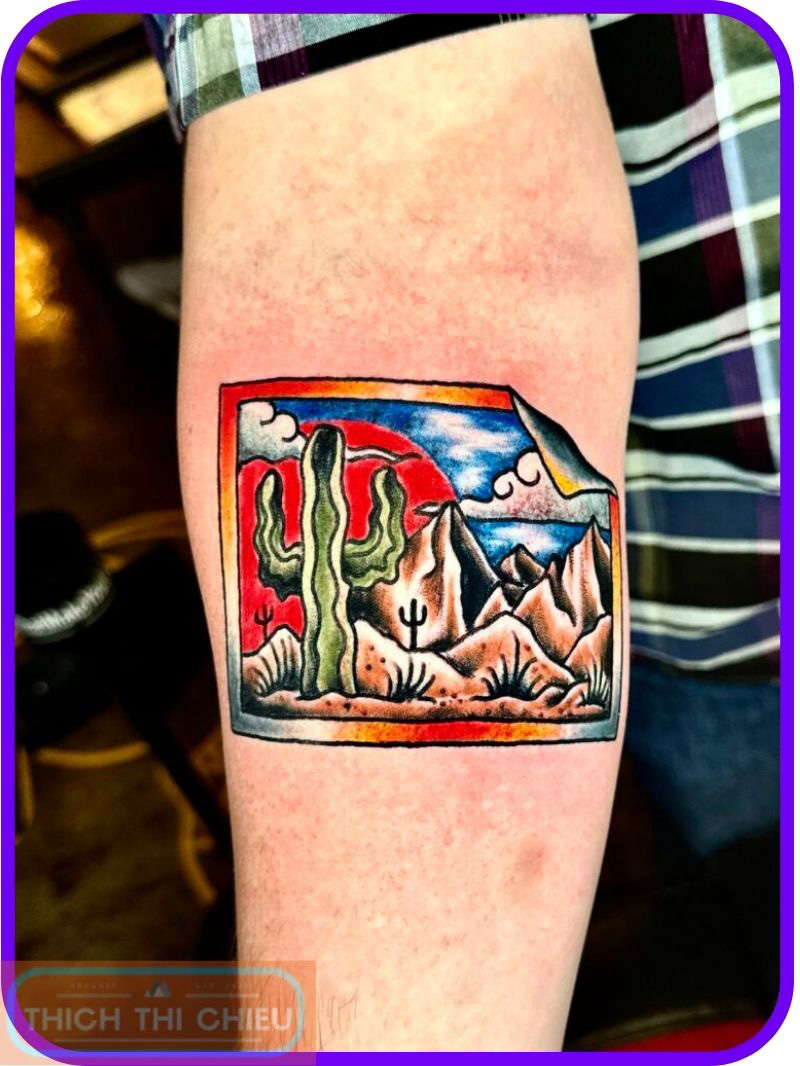Congratulations on getting a new tattoo! Now it’s time to learn how to take care of it so it can heal properly and look its best for years to come.
Tattoos are essentially open wounds, so it’s important to keep them clean and protected from infection. This article will provide you with a simple overview of how to take care of your new tattoo
How to Take Care of a New Tattoo
Days 1-3
Days 1-3 are the most important days for taking care of your new tattoo. During this time, your tattoo is essentially an open wound, so it is important to keep it clean and protected from infection.
Here is a step-by-step guide on how to take care of your new tattoo during the first three days:
- Wash your hands thoroughly with soap and water. This is important to prevent the spread of bacteria to your tattoo.
- Remove any bandage or dressing that is covering your tattoo.
- Gently wash your tattoo with lukewarm water and unscented soap. Avoid using washcloths or loofahs, as these can scratch your tattoo.
- Pat your tattoo dry with a clean paper towel. Do not rub it, as this can damage the skin.
- Apply a thin layer of unscented moisturizer to your tattoo. Avoid using petroleum jelly or other heavy ointments, as these can clog your pores.
Repeat steps 2-4 3-5 times a day.
Days 4-7
Days 4-7 are an important time in the healing process for your new tattoo. During this time, you may start to see scabs form and experience some itchiness and tenderness. This is all normal, but it is important to continue to take care of your tattoo properly to ensure that it heals properly.
Here is a step-by-step guide on how to take care of your new tattoo during days 4-7:
- Wash your hands thoroughly with soap and water. This is important to prevent the spread of bacteria to your tattoo.
- Gently wash your tattoo with lukewarm water and unscented soap. Avoid using washcloths or loofahs, as these can scratch your tattoo.
- Pat your tattoo dry with a clean paper towel. Do not rub it, as this can damage the skin.
- Apply a thin layer of unscented moisturizer to your tattoo. Avoid using petroleum jelly or other heavy ointments, as these can clog your pores.
Repeat steps 2-4 2-3 times a day.
Days 8-14
Days 8-14 are an important time in the healing process for your new tattoo. During this time, the scabs that have formed on your tattoo should start to fall off. The itchiness and tenderness that you may have been experiencing should also start to subside. However, it is important to continue to take care of your tattoo properly to ensure that it heals completely and looks its best.
Here is a step-by-step guide on how to take care of your new tattoo during days 8-14:
- Wash your hands thoroughly with soap and water. This is important to prevent the spread of bacteria to your tattoo.
- Gently wash your tattoo with lukewarm water and unscented soap. Avoid using washcloths or loofahs, as these can scratch your tattoo.
- Pat your tattoo dry with a clean paper towel. Do not rub it, as this can damage the skin.
- Apply a thin layer of unscented moisturizer to your tattoo. Avoid using petroleum jelly or other heavy ointments, as these can clog your pores.
Repeat steps 2-4 2-3 times a day.
Days 15-21
Days 15-21 are the final stages of the healing process for your new tattoo. By now, most of the scabs should have fallen off and your skin should be looking and feeling much better. However, it is important to continue to take care of your tattoo properly during this time to ensure that it heals completely and looks its best.
Here is a step-by-step guide on how to take care of your new tattoo during days 15-21:
- Wash your hands thoroughly with soap and water. This is important to prevent the spread of bacteria to your tattoo.
- Gently wash your tattoo with lukewarm water and unscented soap. Avoid using washcloths or loofahs, as these can scratch your tattoo.
- Pat your tattoo dry with a clean paper towel. Do not rub it, as this can damage the skin.
- Apply a thin layer of unscented moisturizer to your tattoo. Avoid using petroleum jelly or other heavy ointments, as these can clog your pores.
Repeat steps 2-4 1-2 times a day.
Days 22-28: Tattoo is Fully Healed
Congratulations! Your tattoo is now fully healed. By this point, all of the scabs should have fallen off and your skin should be looking and feeling completely normal. You can now treat your tattoo just like any other part of your body.
However, it is still important to take care of your tattoo properly to ensure that it looks its best for years to come. Here are a few tips:
- Keep your tattoo moisturized. This will help to keep the skin hydrated and prevent it from drying out and peeling. You can use any unscented moisturizer, but it is best to avoid heavy ointments like petroleum jelly, as these can clog your pores.
- Wear sunscreen with an SPF of 30 or higher whenever you go outside. This will help to protect your tattoo from the sun’s harmful UV rays, which can cause it to fade over time.
- Avoid soaking your tattoo in water for long periods of time. This means taking short showers instead of baths, and avoiding swimming pools, lakes, and oceans.
- Be gentle with your tattoo. Avoid scratching or picking at it, as this can damage the skin and ruin the tattoo.
Signs of Infection and How to Prevent It
Signs of infection
- Redness, swelling, and heat around the tattoo
- Pus or drainage from the tattoo
- Fever
- Chills
- Aches and pains
If you notice any of these signs of infection, it is important to see a doctor right away. Tattoo infections can be serious, and they can lead to permanent scarring or disfigurement if not treated promptly.
How to prevent infection:
- Keep your tattoo clean and dry. Wash your tattoo gently with lukewarm water and unscented soap two to three times a day. Pat your tattoo dry with a clean paper towel.
- Wash your hands thoroughly before touching your tattoo. This will help to prevent the spread of bacteria.
- Avoid scratching or picking at your tattoo. This can damage the skin and make it more susceptible to infection.
- Use a clean bandage or dressing to cover your tattoo when you’re not cleaning it. This will help to protect it from dirt and bacteria.
In addition to the above tips, here are some other things you can do to help prevent your tattoo from getting infected:
- Choose a reputable tattoo artist. Make sure that the tattoo studio is clean and that the artist uses sterile equipment.
- Avoid getting a tattoo if you have any underlying health conditions, such as diabetes or a weakened immune system. These conditions can make you more susceptible to infection.
- Follow your tattoo artist’s aftercare instructions carefully. These instructions will help to ensure that your tattoo heals properly and that it is less likely to get infected.
Long-Term Care for Your Tattoo
Once your tattoo is fully healed, there are a few things you can do to help it look its best for years to come:
Wear sunscreen with an SPF of 30 or higher to protect your tattoo from the sun.
The sun’s UV rays can fade your tattoo over time, so it’s important to protect it with sunscreen whenever you’re going to be exposed to the sun. Choose a sunscreen that is broad-spectrum and water-resistant, and reapply it every two hours, or more often if you’re sweating or swimming.
Avoid soaking your tattoo in water.
Soaking your tattoo in water for long periods of time can damage the skin and fade the ink. Avoid taking long baths or swimming in pools, lakes, and oceans for extended periods of time. If your tattoo does get wet, be sure to dry it off thoroughly as soon as possible.
Moisturize your tattoo regularly.
Moisturizing your tattoo will help to keep the skin hydrated and prevent it from drying out and peeling. This will help to keep your tattoo looking bright and vibrant. Choose a fragrance-free moisturizer that is non-comedogenic, meaning it won’t clog your pores. Apply moisturizer to your tattoo once or twice a day, or more often if needed.
In addition to the above tips, here are some other things you can do to help take care of your tattoo in the long term:
- Avoid scratching or picking at your tattoo. This can damage the skin and ruin the tattoo.
- Be gentle with your tattoo when showering or bathing. Use mild soap and water, and avoid using harsh scrubs or washcloths.
- Avoid using harsh chemicals on your tattoo. This includes products like alcohol, bleach, and hydrogen peroxide. These chemicals can damage the skin and ruin the tattoo.
- Get your tattoo touched up every few years. This will help to keep the colors looking bright and the design looking crisp.
By following these tips, you can help to ensure that your tattoo looks its best for years to come.
Here are some additional tips for keeping your tattoo looking its best:
- Eat a healthy diet. Eating a healthy diet will help to keep your skin healthy and promote healing.
- Get enough sleep. Getting enough sleep will give your body the time it needs to heal.
- Exercise regularly. Exercise helps to improve circulation and promote healing.
- Avoid smoking and excessive alcohol consumption. Smoking and excessive alcohol consumption can dehydrate your skin and slow down the healing process.
By following these tips, you can help to ensure that your new tattoo heals properly and looks its best for years to come. Hopefully, the above article of TTC has provided you with useful information. If you have any questions or concerns, please leave a comment below.





Leave a Reply